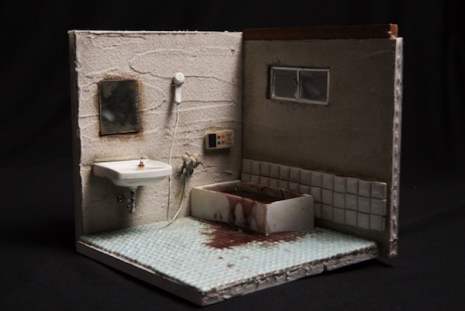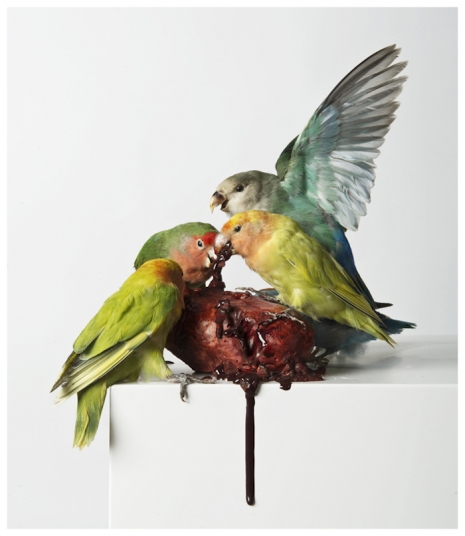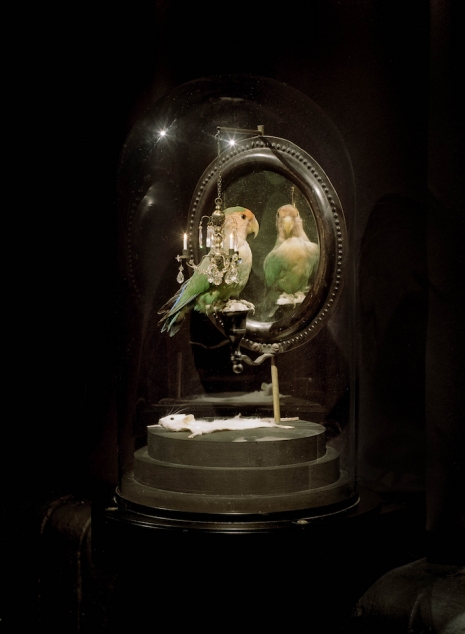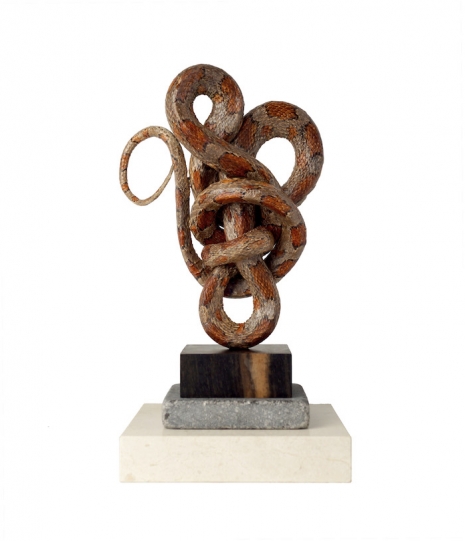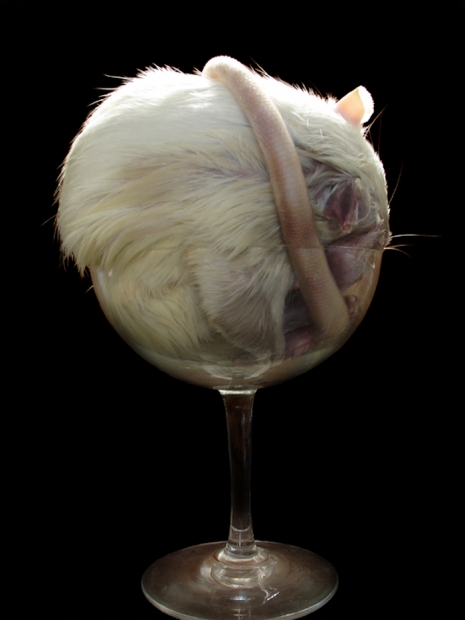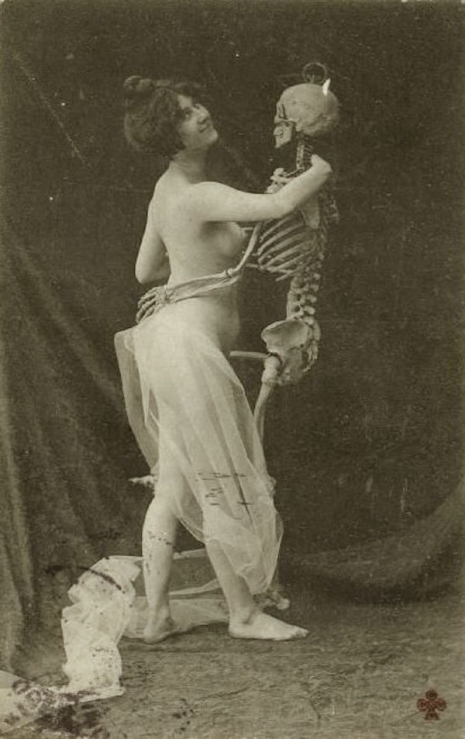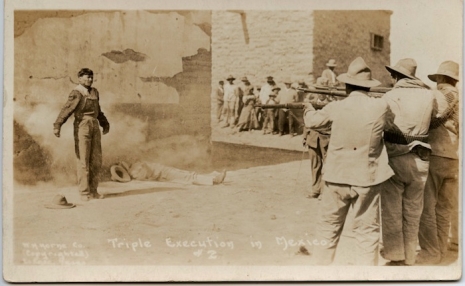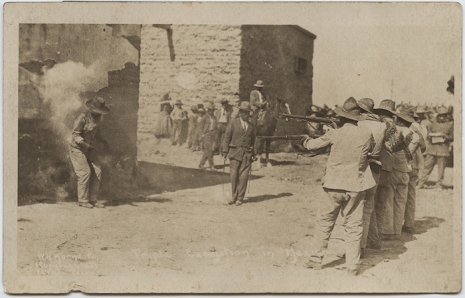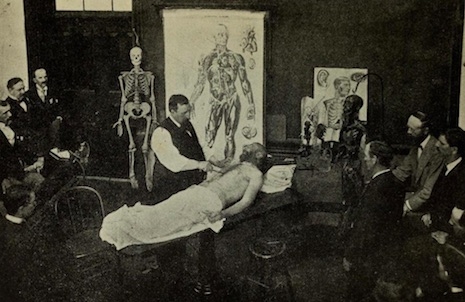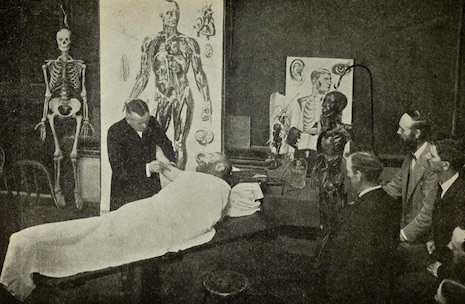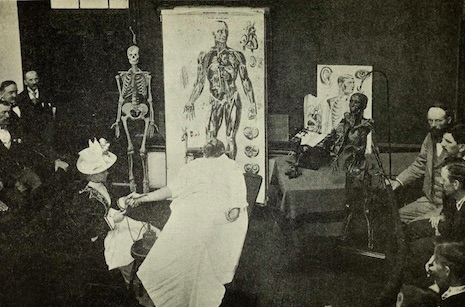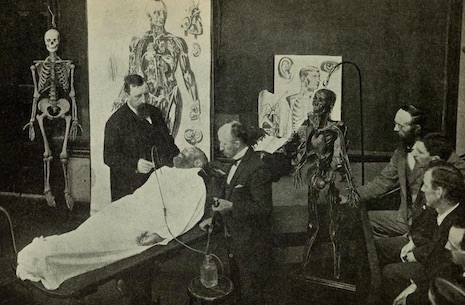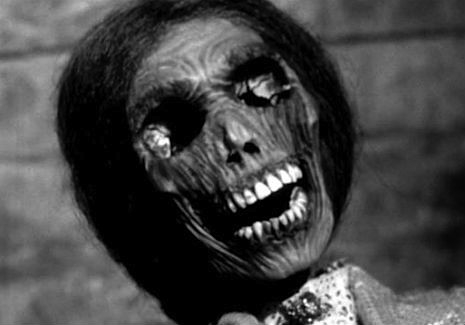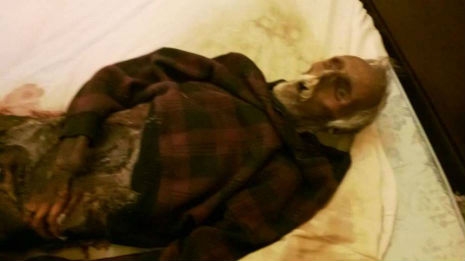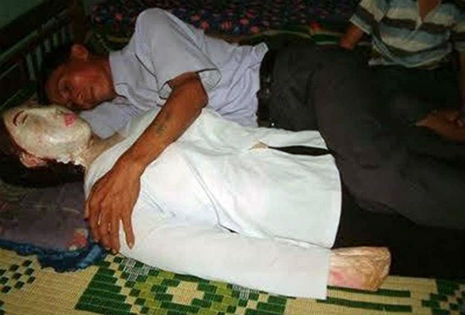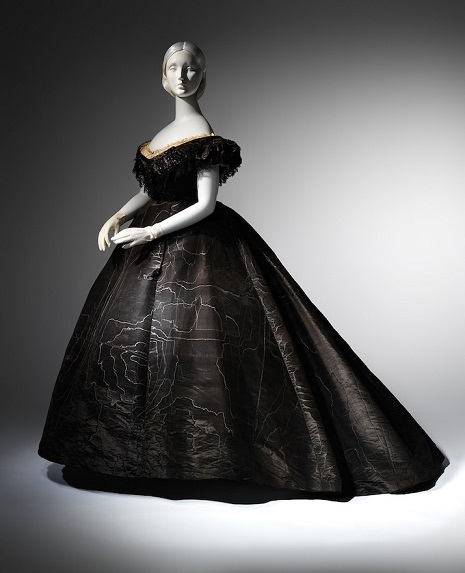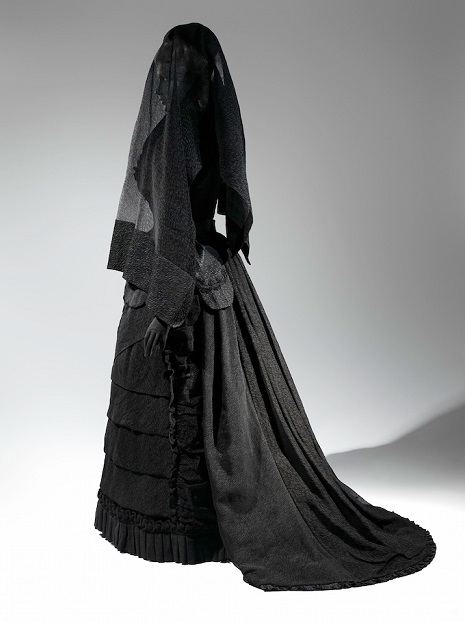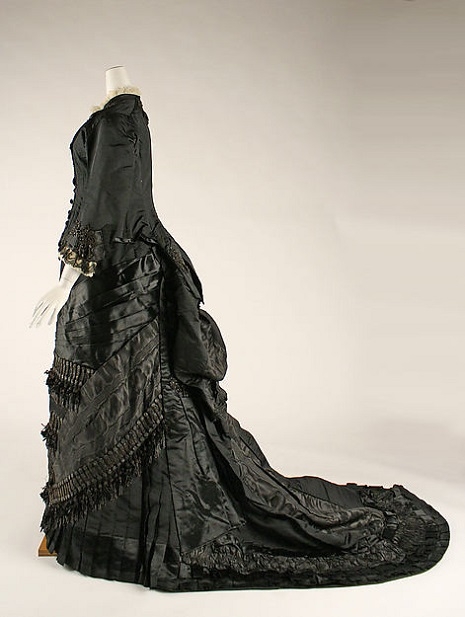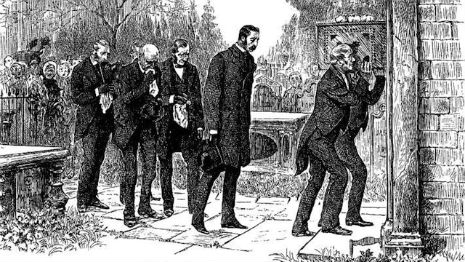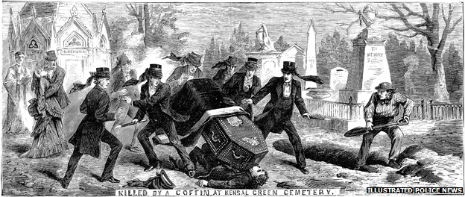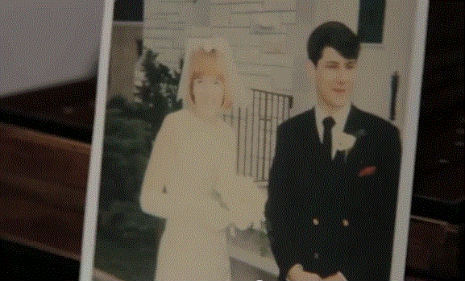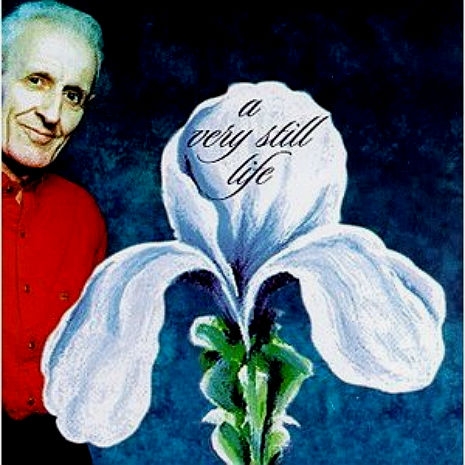
Robert Smith of The Cure answers your questions!
“What would you do in “the last three minutes?”
“Cry or laugh; depending where I was and who I was with.”
—Robert Smith of The Cure responding to a fan on how he would spend his last three minutes on Earth from the band’s vintage newsletter The Cure News Issue #2, Autumn 1987.
Cure vocalist Robert Smith was 28 when he started answering questions from his fans in the band’s series of newsletters The Cure News which published its first issue in 1987. During its run, Smith replied to hand-written inquiries sent in about his mythical hair and his aversion to flying—all while slyly avoiding answering a request for his home address. In later newsletters, Smith lets loose on The Smiths/Morrissey and rarely avoids answering intimate questions from fans which run the gamut from amusing to stalker-level weirdness. The vintage Q&As also chronicle Smith’s commentary as it relates to his relationship with his childhood pal, Cure drummer and keyboardist Lol Tolhurst until Lol’s departure from The Cure in 1989.
I combed through every newsletter put out between 1987 to 1991 in search of Smith’s most quotable-quotes—which, I must say, was a shit-ton of fun. I’ve posted loads of Smith’s answers to his fans queries below in the order of their chronological appearance in the various newsletters. I’ve left his answers just as he wrote them, without capitalization and British spellings which in some cases makes them all the more endearing. So without further delay, here’s Robert Smith being very Robert Smith-y while he responds to his fans.

A photo of Issue #14 of ‘The Cure News.’
Issue #1, March 1987
Fan: How do you get your hair to stick up?
Robert Smith: kms gel and lots of backcombing
Fan: What hobbies do the band have?
Robert Smith: boris rides his motorbike, porl takes photographs and generally arts it up, i read, simon plays computer games (in between searching for the perfect drink!), and laurence…umm…he is interested in spontaneous human combustion.
Issue #2, Autumn 1987
Fan: Do you believe in God?
Robert Smith: no.
Fan: What makes you happy?
Robert Smith: going to bed.
Issue #3, September 1987
Fan: What’s the worst thing that’s ever happened whilst playing live?
Robert Smith: lol on drums!
Fan: What do you think of the following chart acts?
a) The Smiths
b) Madonna
c) U2
d) Bananarama
e) Curiosity killed the cat (the late 80’s British pop band)
Robert Smith:
a) i am delighted they no longer exist, and all it needs now is a runaway truck and morrissey looking the other way..
b) it has to be someone doing it
c) as predictable as five star, and as boring
d) two out of three isn’t bad….(?)
e) aaaagh!! non-entities inert…
Issue #4, January 1988
Fan: What is your reaction if you are told that someone is totally obsessed with you, thinks about you, listens to you, and writes to you every day?
Robert Smith: if they lived with me for a day, they would be writing to someone else by midnight!
Fan: You say your greatest fear is dying, yet a short (?) while ago you didn’t want to reach the age of 25. What happened to change your mind?
Robert Smith: I reached 26.
Fan: What did you dream about last night?
Robert Smith: crashing in a plane and skiing and eyes.
Fan: If a fairy granted you 3 wishes, what would they be?
Robert Smith: to be able to become invisible, to be able to fly and to never grow up…
Fan: What colour lipstick do you use?
Robert Smith: “mary quant crimson scorcher”!
Fan: Do you hate anybody? Who? And why?
Robert Smith: i hate lots of people for many different reasons - some people and reasons for i don’t even know… but none of them too much of the time…
Issue #5, May 1988
Fan: What epitaph would you like on your tombstone?
Robert Smith: i am not here.
Fan: What’s your definition of the perfect cure fan?
Robert Smith: a sincere individualist with a hatred of fashion, bigotry, and soullessness.
Fan: What three possessions would you want with you if stranded on a desert island?
Robert Smith: my telescope, my bed, and a beach ball.

Lol Tolhurst and Smith.
Issue #6, January 1989
Fan: What’s the funniest thing Lol has ever done?
Robert Smith: pretend to be part of the group.
Fan: Why do you all victimize Lol?
Robert Smith: because he is useless.
Fan: Are you usually pleased with how your photos turn out?
Robert Smith: no - very rarely - but it doesn’t really matter.
Fan: What’s the most embarrassing moment on stage?
Robert Smith: there have been millions - whenever i remember something about myself i hate (which isn’t hard)
Fan: What’s your biggest frustration?
Robert Smith: getting old
Fan: If you could change anything in your life, what would it be?
RS: my birth date
Fan: When you were a child what did you want to be when you grew up?
Robert Smith: me
Fan: Do you believe in U.F.O.‘s?
Robert Smith: sometimes
Issue #8, September 1989
Fan: What is the real reason for you sacking Lol? Have you spoken to him since?
Robert Smith: he lost touch with the rest of us; mentally, spiritually and socially. no, i haven’t spoke to him (i hadn’t spoke to him for several years anyway - that was part of the problem).
Fan: Who has replaced Lol as a scapegoat?
Robert Smith: no-one. we don’t need one anymore.
Fan: Do you ever feel that everything you’ve ever done is completely irrelevant and meaningless?
Robert Smith: often! but it’s not only me.
Fan: Were you drunk whilst performing “Lullaby” on Top of the Pops?
Robert Smith: yes!!
Fan: What is the worst psychological torture you can imagine suffering?
Robert Smith: constantly waking up and then waking up…always in a dream, or would this be any different?
Fan: From the list below, what is the most thing you’ve ever experienced?
a) amazing
b) beautiful
c) sickening/horrifying
Robert Smith:
a) hallucinations
b) hallucinations
c) flying
More after the jump…

